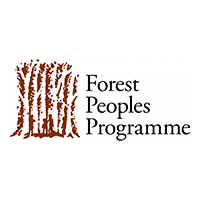Guyana
Indigenous Peoples in Guyana
Indigenous Peoples – or Amerindians as they are identified both collectively and in legislation – number some 78,500 in the Co-operative Republic of Guyana, or approximately 10.5% of the total population of 746,955 (2012 census).1 They are the fourth largest ethnic group, East Indians being the largest, (40%), followed by African Guyanese (29%) and self-identified “Mixed” (20%). The Chinese, Portuguese and Whites constitute tiny minorities. Amerindians refer to these non-indigenous people as “coastlanders” since most of them are settled on the coast in Regions 3, 4 and 6. As a former British colony, Guyana is the only English-speaking country in South America.
The Amerindians are grouped into nine Indigenous Nations, based on language. The Warao, the Arawak and the Carib (Karinya) live on the coast (mainly in Regions 1 and 2). The Wapichan, the Arekuna, the Makushi, the Wai Wai, the Patamona and the Akawaio live in villages scattered throughout the interior (mainly Regions 7, 8 and 9). Amerindians constitute the majority of the population of the interior, in Region 1 (18,000) where they represent 65% of the residents, and in Region 9 (20,000) where they constitute 86%. The natural resources of these regions – rainforests and minerals, including bauxite, gold and diamonds – are legally under the control of national government agencies or are within titled Amerindian Village Lands. The poorly regulated exploitation of these resources by multinationals as well as by illegal miners and loggers is one of the challenges faced by the Indigenous Peoples. Their primary concern is therefore to achieve full recognition of indigenous land rights (Native Title) so that they can defend their ancestral territories (customary lands) from mining and timber companies.
Contact
